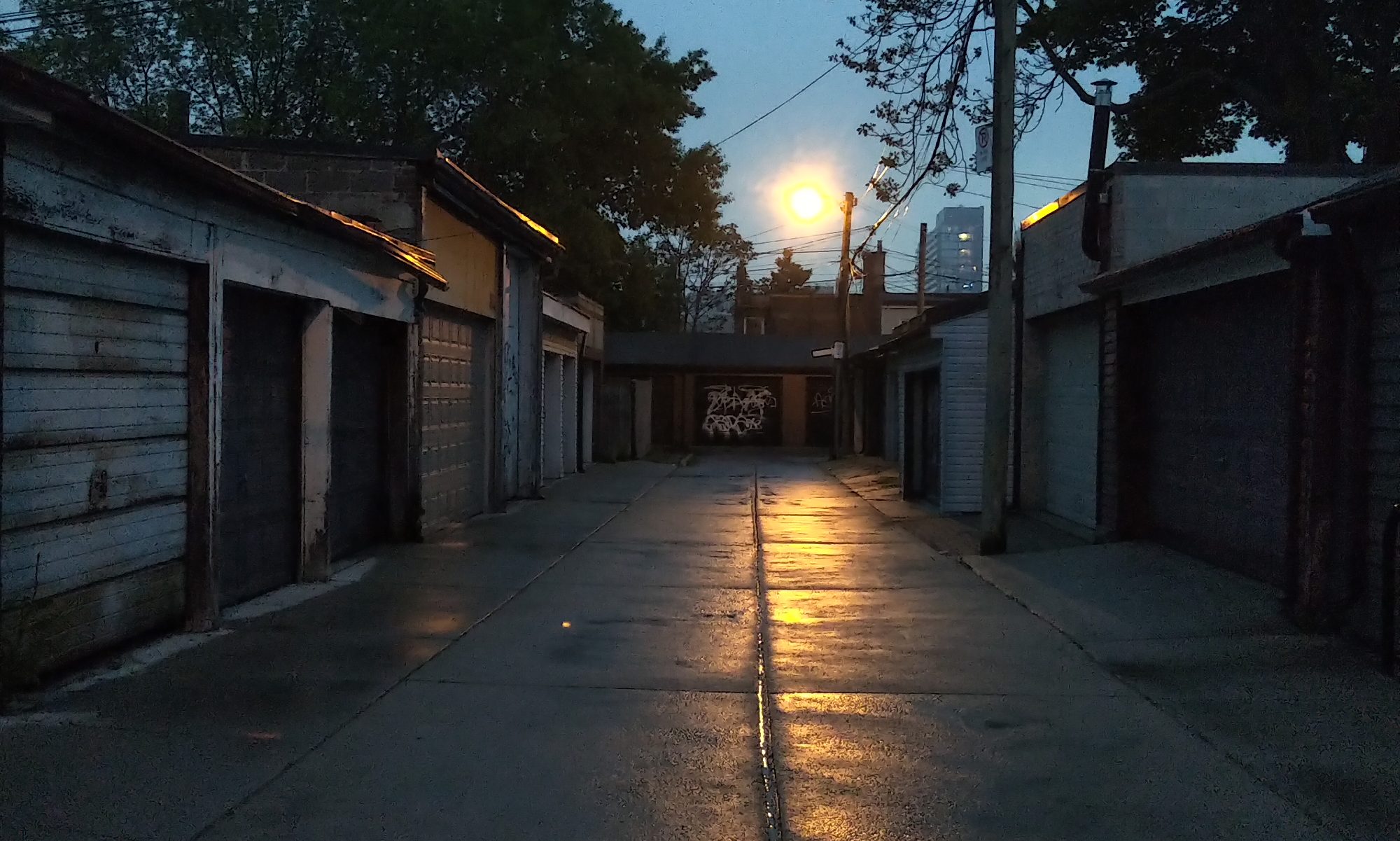As reported in the news over the weekend, spilling into the papers this week, American novelist/essayist David Foster Wallace took his life. He had hung himself in his home, only to be discovered later by his wife.
To be honest, I’ve only read one piece by Wallace – an essay in an issue of Harper’s almost ten years ago on the release of the revised Oxford English Dictionary – and yet it left an indelible impression on me. It made me laugh out loud with its quirky honesty and his style was unique and strong; in short, it made me take notice of writing and writers at a time when it simply was not on my radar (for various reasons). I always swore I would read one of his books, but the prospects of picking up the one he is best known for, Infinite Jest, all 1,000 pages of it, was intimidating. It still is, but that has more to do with the fact that I’m in the middle (or, factually, just past the middle) of War & Peace with Joyce’s Ulysses staring at me from the bookshelf longingly.
Wallace’s suicide is the second in the last few years by an artist who’s work I’d kept an eye on. The first was that of American humorist and performer, Spalding Gray, who – it is assumed – leapt from a ferry into the Hudson River and drowned. I saw him at Massey Hall (one of the most venerable venues in Toronto) many years ago. As with Wallace’s essay, I remember crying with laughter during Gray’s droll monologue.
Which brings us to the question of artists and suicide.
Someone on Bookninja had this to say in reaction to the story:
In my work (psychiatry) I’ve seen so many creative people who are so tortured inside. I’ve often wondered if, given the choice, they’d choose peace over creativity. Maybe suicide is exercising that choice.
I thought about this. I wanted to respond, because I had something to say, but in the end I decided it would only be a tangent and while tangents are allowable in most online situations, an obituary is not exactly the place for one.
The answer is that artists do not want peace, or at least an artificial peace. To do so would be to abandon the tension which is inherent in art (and science, for that matter). In their art, over the course of their lives, artists attempt to resolve this tension; to articulate what it is that is at the centre of a storm which motivates them to create. The tension is the artist. Them against an outside world which does not work. Art becomes a philosophical expression of an existential dilemma. With this as the case, how many artists would willingly barter peace for creativity if such a trade were even possible? Not many, I would wager. What is peace when art allows you to reach higher than ever before, to touch the cookie jar of euphoria with your fingertips?
Like Wallace and Gray, I too suffer from depression. Their passing gives me pause, to put it lightly. Last night over dinner, Ingrid and I had a long talk about this – Wallace, Gray, art, and suicide – and she used a quote from Wallace that she’d read in one of the obituaries, that suicide happens very slowly. He is right. It is not, as commonly portrayed, an impulsive decision, but rather something which gestates very gradually within the mind of the sufferer. The danger is that this internalized dialogue, over the course of years, may eventually lead to the rationalization or acceptance of suicide as a logical option or self-fulfilling prophecy.
Art, however, is not depression, and depression should not be construed as something which only afflicts those in the arts. When you are depressed, anything can inflame the situation. Both the fire and the water used to douse it. It is for this reason that I take a moment to bring this up. So that people may understand what is, for lack of a better term, a mental illness. Allow me to suggest a wonderful series in the Globe and Mail, perhaps the best collection of stories and first-person recollections on the subject to be found in any newspaper.
I tip my hat to Wallace, to Gray. I mourn for the grief experienced by their loved ones.



